Product details
Raptor Tail Vertebrae, Gorgeous detail
Raptors, or dromaeosaurids, are a group of feathered theropod dinosaurs known for their impressive hunting capabilities, which are partly attributed to their distinctive teeth. These teeth provide valuable insights into the biology, diet, and evolutionary history of these fascinating creatures.
Dromaeosaurid teeth are typically characterized by their recurved shape, serrated edges, and varying sizes, which were well-suited for their predatory lifestyle. The teeth are usually laterally compressed, meaning they are flattened from side to side, giving them a blade-like appearance. This design allowed raptors to effectively slice through the flesh of their prey, inflicting deep, fatal wounds. The serrations, or denticles, along the edges of the teeth further enhanced this capability by helping to tear meat, much like the serrated blade of a modern knife.
One of the most notable features of raptor teeth is their variation in size and shape, which reflects their diverse dietary habits and ecological roles. For instance, the teeth of smaller raptors, such as Velociraptor, tend to be smaller and more delicate, suggesting a diet that included smaller animals and perhaps scavenging. In contrast, larger raptors like Utahraptor possessed more robust teeth, indicating their ability to tackle larger prey. This variation also suggests that different raptor species occupied different ecological niches, reducing direct competition for food resources.

The wear patterns on raptor teeth offer further clues about their feeding behavior. Microscopic examination of these patterns can reveal whether a raptor was more inclined to bite into bone or soft tissue. For example, heavily worn teeth with deep grooves might indicate that the dinosaur frequently bit into bone, suggesting a scavenging lifestyle or a preference for larger prey with thick hides and bones. On the other hand, teeth with minimal wear might indicate a diet consisting primarily of softer tissues.
Raptor teeth also provide evidence of their growth and development. By studying the teeth of juvenile and adult raptors, paleontologists can gain insights into how these dinosaurs grew and matured. Juvenile raptors typically had smaller, less robust teeth, which would have limited them to hunting smaller prey until they grew larger and stronger. This gradual change in tooth morphology and size as the animal matured would have helped minimize competition for food between juveniles and adults of the same species.
Fossilized raptor teeth are often found detached from the skeleton, which is not surprising given that theropods, like modern reptiles, shed their teeth throughout their lives. This continuous tooth replacement ensured that raptors always had sharp, functional teeth for hunting and feeding. The rate of tooth replacement in raptors is thought to have been relatively high, comparable to that of modern reptiles, which further underscores the importance of teeth in their predatory lifestyle.
The morphology of raptor teeth also has significant implications for understanding their evolutionary relationships. Dromaeosaurids share many dental characteristics with other theropods, such as the tyrannosaurs, but also exhibit unique features that set them apart. By comparing the teeth of different theropod species, paleontologists can reconstruct phylogenetic trees that illustrate the evolutionary history and relationships of these dinosaurs. For example, the presence of certain dental features, such as the specific arrangement of serrations, can help determine how closely related different raptor species are to each other and to other theropods.
Moreover, raptor teeth have been instrumental in identifying new species and understanding their geographic distribution. Because teeth fossilize more readily than other bones, they are often the most common remains found in the fossil record. This abundance of dental fossils allows scientists to identify species even when other skeletal elements are not present. For instance, the discovery of distinctive raptor teeth in previously unexplored regions can indicate the presence of a new species or an extension of the known range of an existing species.
Raptor teeth also offer a glimpse into the paleoenvironments these dinosaurs inhabited. By examining the types of prey animals that coexisted with raptors, as inferred from their teeth and other fossil evidence, paleontologists can reconstruct ancient ecosystems. For example, the presence of certain types of herbivorous dinosaur teeth alongside raptor teeth can suggest the types of prey available to raptors in a given area. This information, combined with knowledge of the raptors’ dental morphology and wear patterns, can help reconstruct the food webs and ecological dynamics of prehistoric environments.
In addition to their scientific value, raptor teeth have captured the public imagination and play a significant role in popular culture. The fearsome reputation of raptors, popularized by movies like “Jurassic Park,” is largely due to their lethal dentition, which underscores their status as formidable predators. This cultural fascination with raptor teeth has fueled public interest in paleontology and the study of prehistoric life, helping to inspire new generations of scientists and enthusiasts.
Overall, raptor teeth are a crucial component of our understanding of these remarkable dinosaurs. They provide insights into the feeding behavior, growth, and development of raptors, as well as their evolutionary relationships and ecological roles. The study of raptor teeth continues to be a dynamic field of research, with new discoveries constantly reshaping our understanding of these ancient predators. As paleontologists uncover more raptor fossils and develop new analytical techniques, the story of raptor teeth and their role in the prehistoric world will undoubtedly continue to evolve, offering fresh perspectives on one of the most fascinating groups of dinosaurs to have ever walked the Earth.
Prehistoric 101 (Learn about fossils, minerals, and meteorites)
Tyrannosaurus Rex: The Dinosaur for All
Trex: Learn all About TyrannosaurusWhat is a Spinosaurus?
Spinosaurus: The Giant of Kem Kem?
Tell me about Dinosaurs
Discovering Prehistoric Life and Fossils


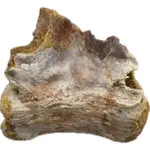

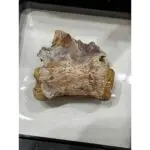
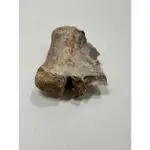
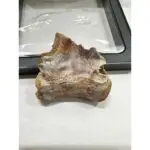
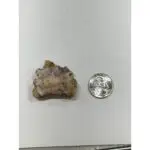
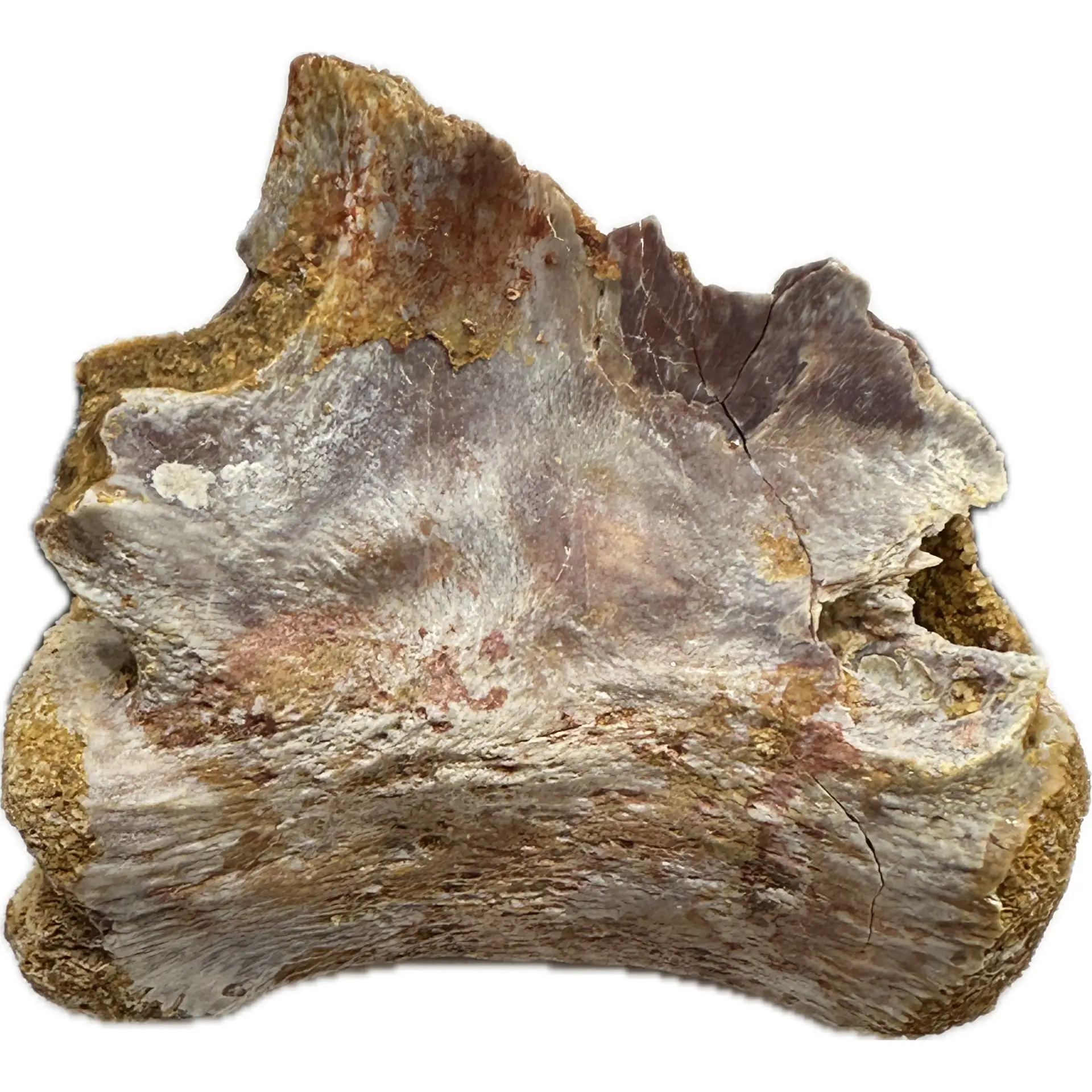
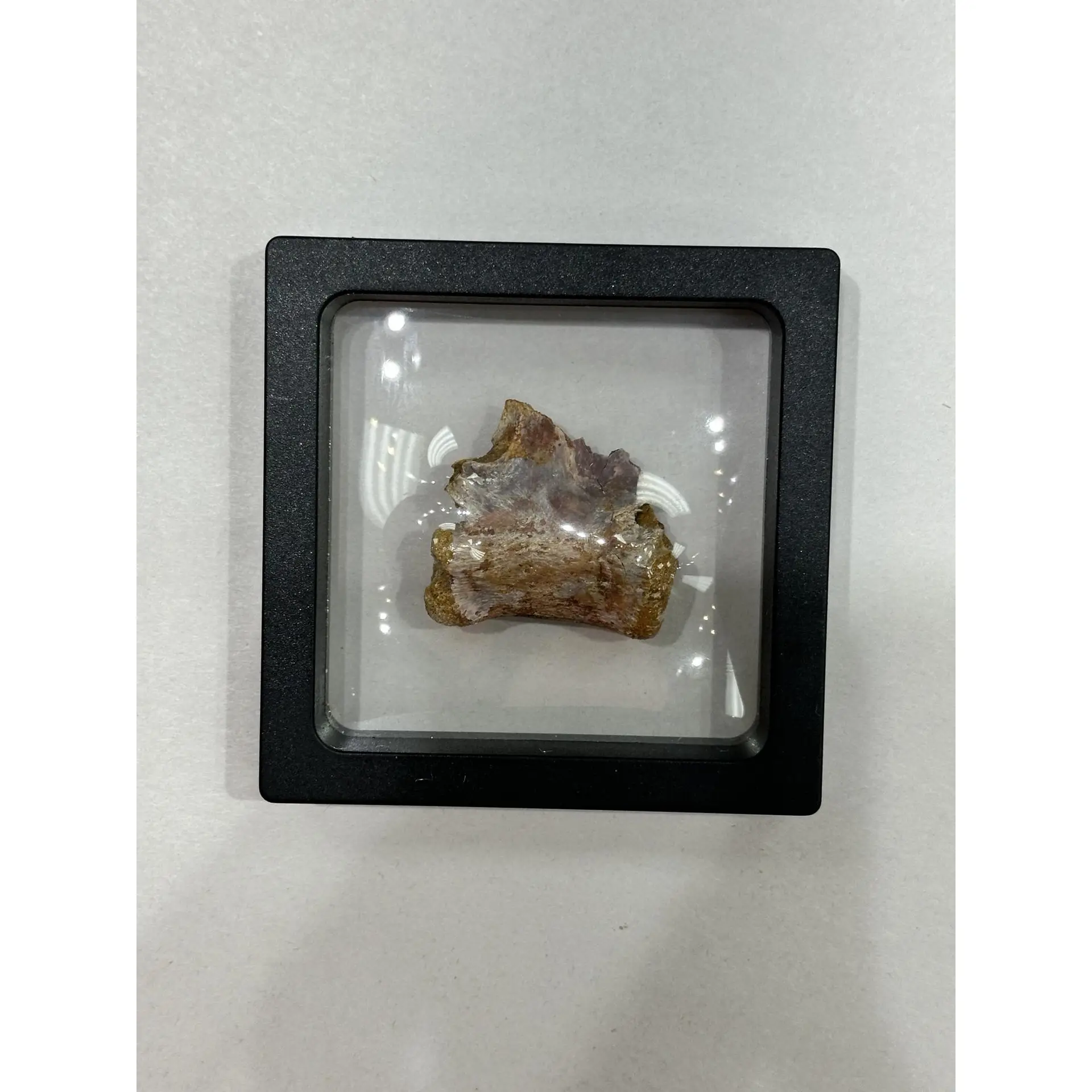

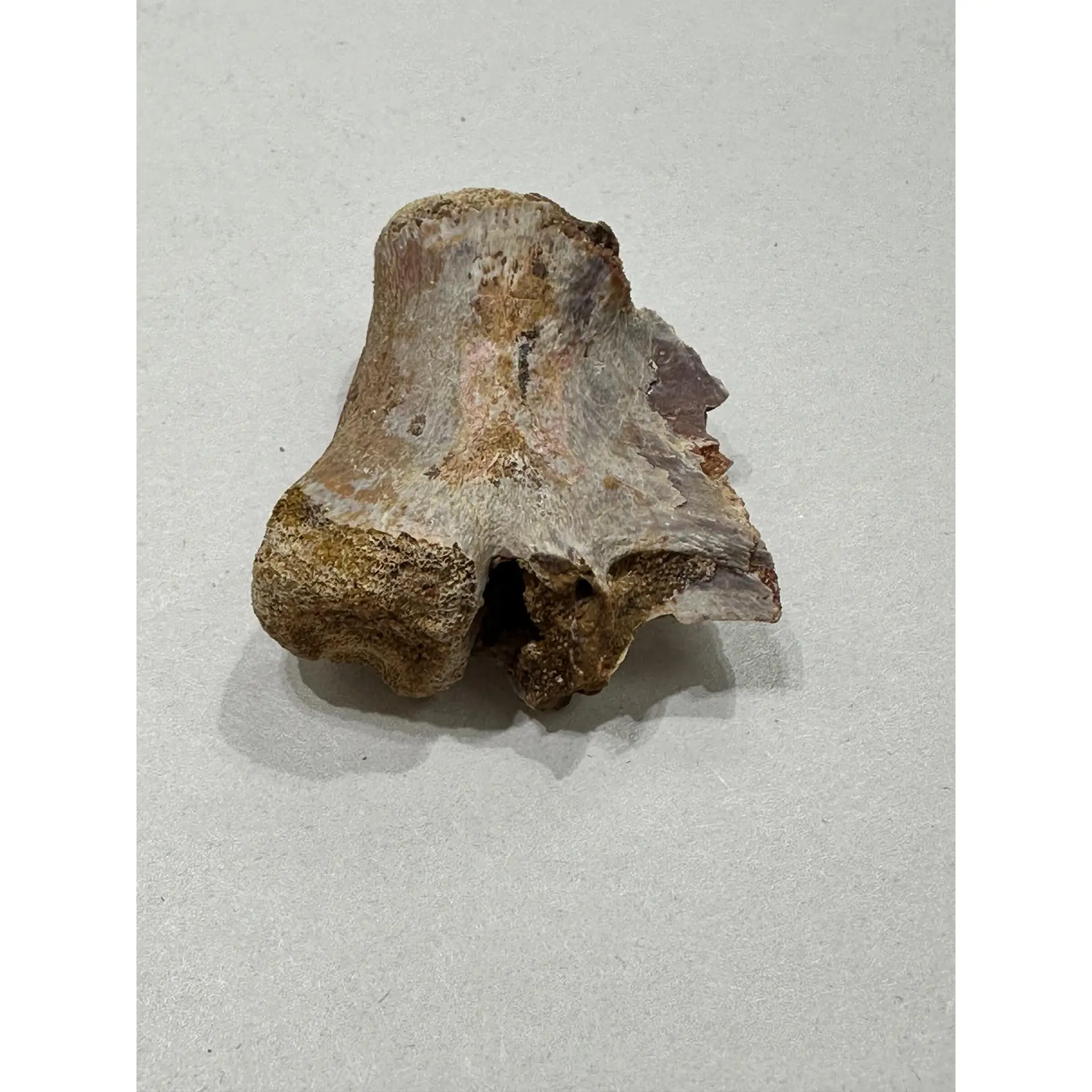
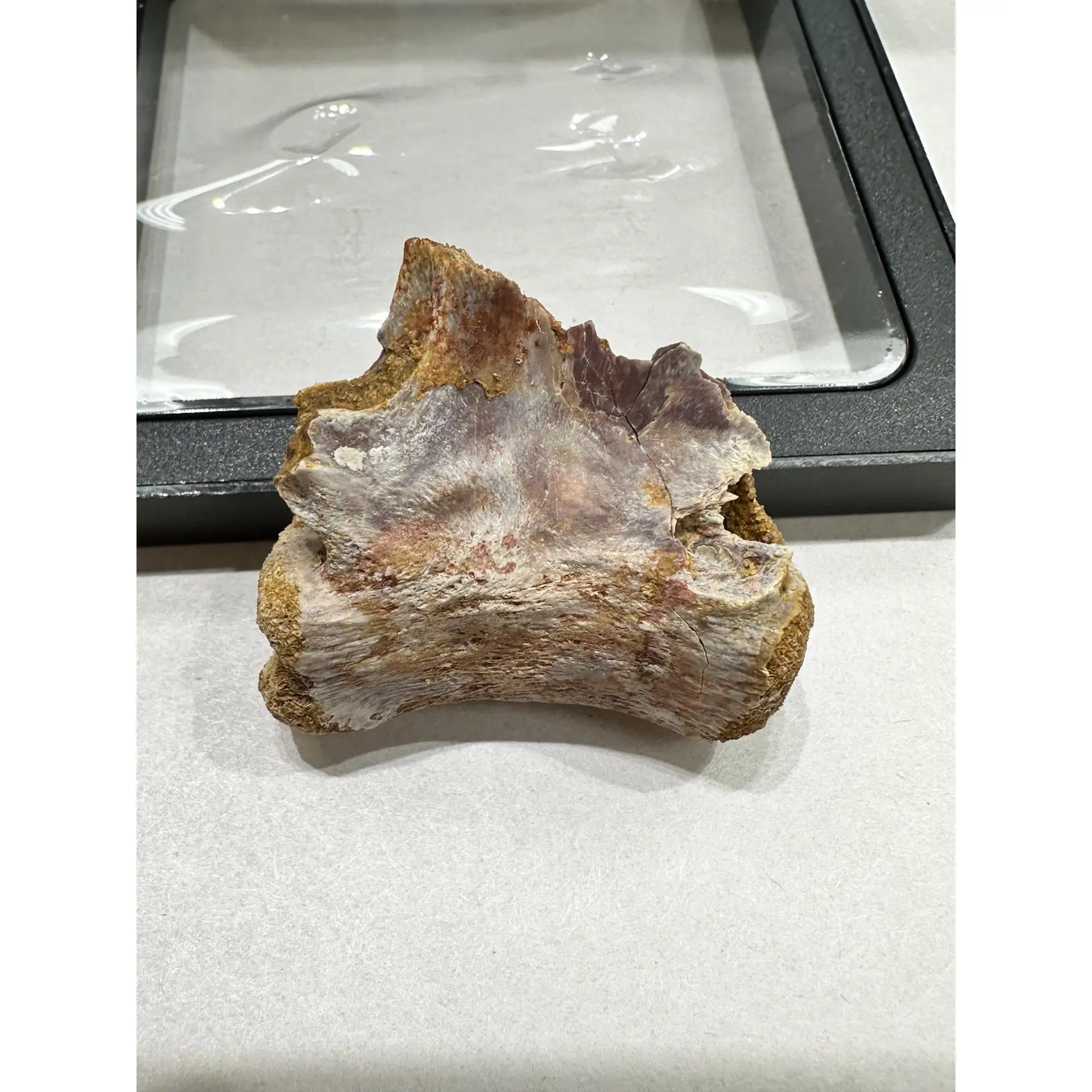
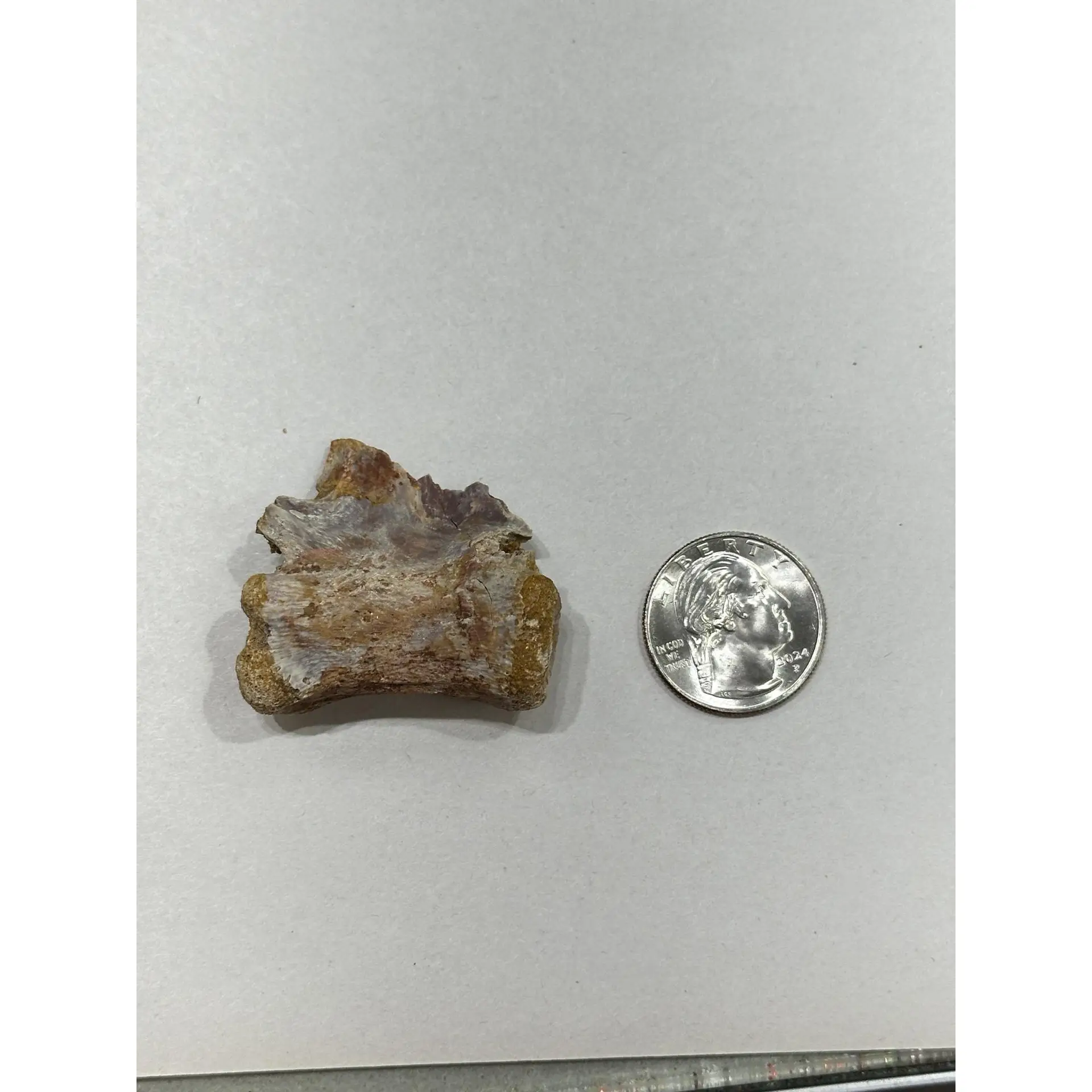

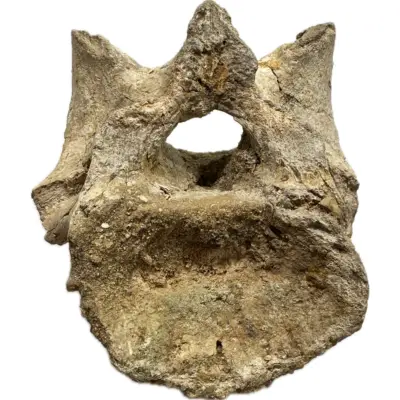



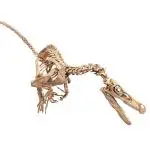

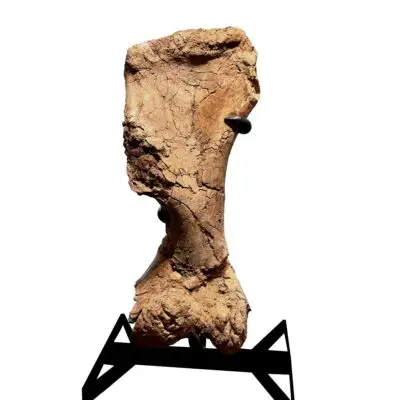

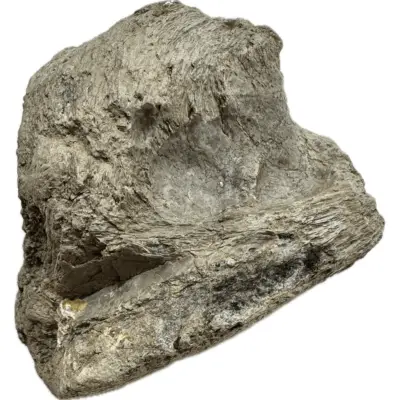

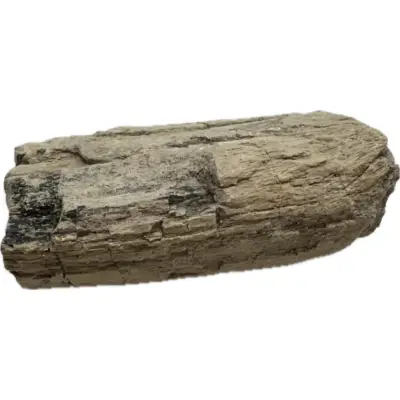
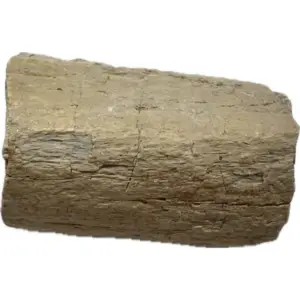
There are no reviews yet.